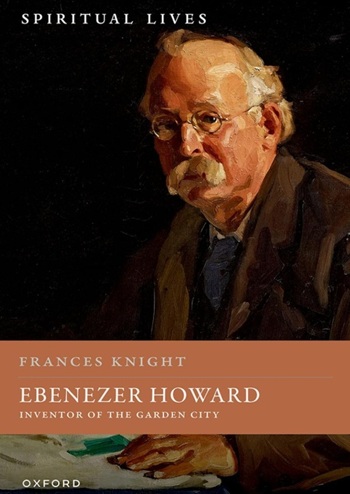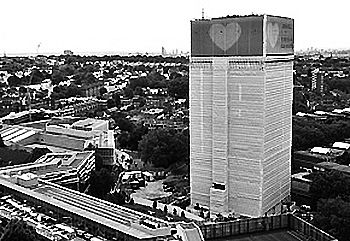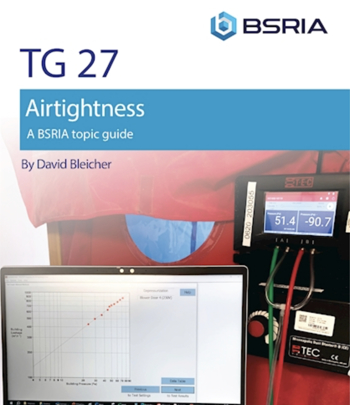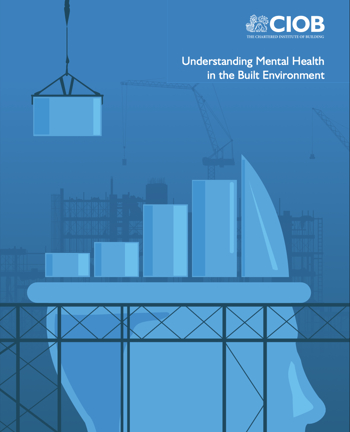National Australian Built Environment Rating System
The National Australian Built Environment Rating System (NABERS) is a performance-based rating system that measures the environmental impact of buildings in Australia. It assesses factors such as energy efficiency, water usage, indoor environment quality, and waste management to help building owners and tenants improve sustainability.
Ratings are based on actual operational data rather than theoretical models. Buildings receive a rating from 1 to 6 stars, with 6 stars indicating market-leading sustainability performance.
Categories Assessed:
- NABERS Energy: Measures energy efficiency and carbon emissions.
- NABERS Water: Assesses water consumption and efficiency.
- NABERS Indoor Environment: Evaluates air quality, lighting, temperature, and acoustics.
- NABERS Waste: Tracks and improves waste management and recycling.
NABERS Energy ratings are required for office buildings over 1,000 m² under Australia’s Commercial Building Disclosure (CBD) Program.They help building owners and tenants reduce operating costs and environmental impact. High NABERS ratings can increase property value and attract sustainability-conscious tenants.
See also: NABERS UK.
[edit] Related articles on Designing Buildings
- 8 Chifley.
- 2021 Soft Landings Conference.
- Better Buildings Partnership.
- BREEAM, LEED or WELL.
- BSRIA Conference 2021.
- BSRIA support study into Australian solution to performance gap.
- Building performance metrics.
- Building Research Establishment BRE.
- Energy certificates for buildings.
- Energy performance certificate.
- Green rating systems.
- NABERS UK.
- PAS 2038:2021 Retrofitting non-domestic buildings for improved energy efficiency.
- Soft landings.
Featured articles and news
The UK's Modern Industrial Strategy: A 10 year plan
Previous consultation criticism, current key elements and general support with some persisting reservations.
Building Safety Regulator reforms
New roles, new staff and a new fast track service pave the way for a single construction regulator.
Architectural Technologist CPDs and Communications
CIAT CPD… and how you can do it!
Cooling centres and cool spaces
Managing extreme heat in cities by directing the public to places for heat stress relief and water sources.
Winter gardens: A brief history and warm variations
Extending the season with glass in different forms and terms.
Restoring Great Yarmouth's Winter Gardens
Transforming one of the least sustainable constructions imaginable.
Construction Skills Mission Board launch sector drive
Newly formed government and industry collaboration set strategy for recruiting an additional 100,000 construction workers a year.
New Architects Code comes into effect in September 2025
ARB Architects Code of Conduct and Practice available with ongoing consultation regarding guidance.
Welsh Skills Body (Medr) launches ambitious plan
The new skills body brings together funding and regulation of tertiary education and research for the devolved nation.
Paul Gandy FCIOB announced as next CIOB President
Former Tilbury Douglas CEO takes helm.
UK Infrastructure: A 10 Year Strategy. In brief with reactions
With the National Infrastructure and Service Transformation Authority (NISTA).
Ebenezer Howard: inventor of the garden city. Book review.
The Grenfell Tower fire, eight years on
A time to pause and reflect as Dubai tower block fire reported just before anniversary.
Airtightness Topic Guide BSRIA TG 27/2025
Explaining the basics of airtightness, what it is, why it's important, when it's required and how it's carried out.
Construction contract awards hit lowest point of 2025
Plummeting for second consecutive month, intensifying concerns for housing and infrastructure goals.
Understanding Mental Health in the Built Environment 2025
Examining the state of mental health in construction, shedding light on levels of stress, anxiety and depression.





















